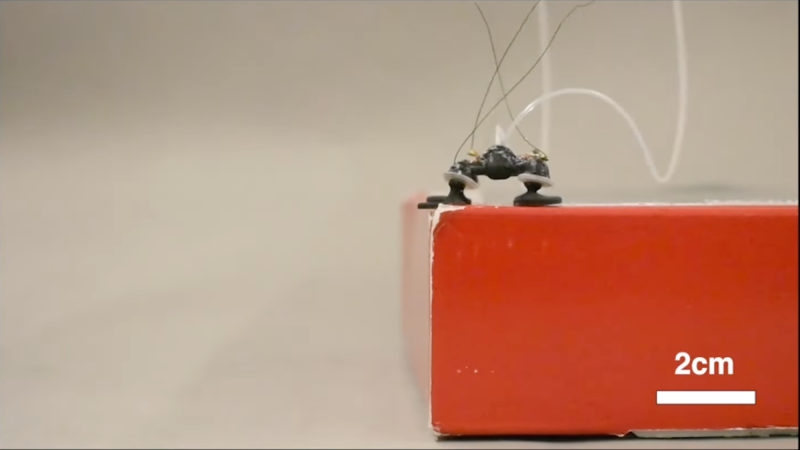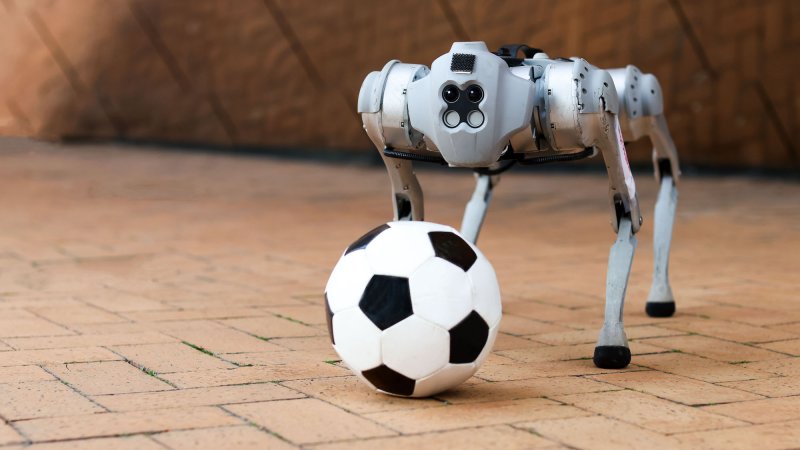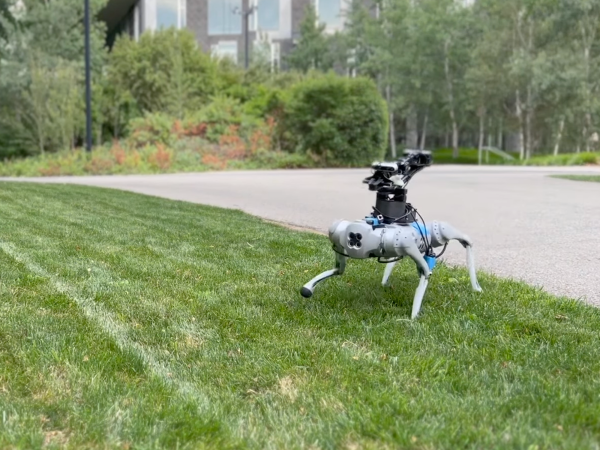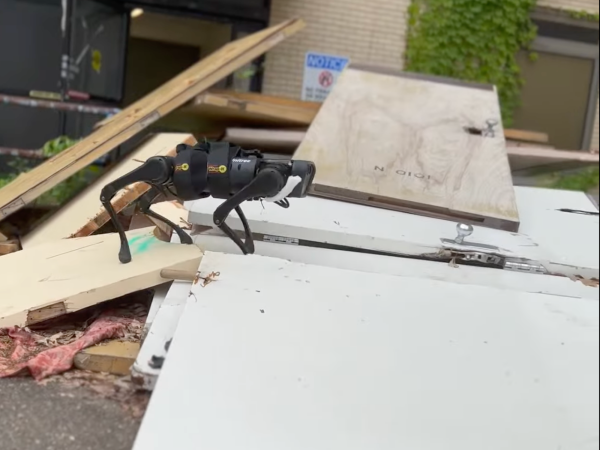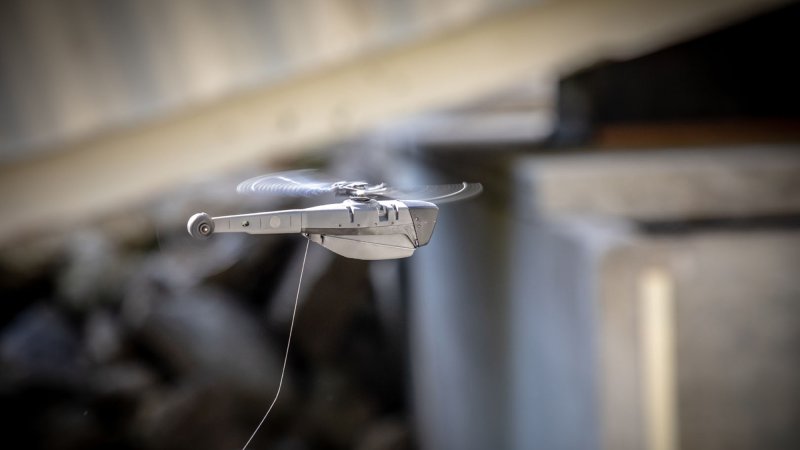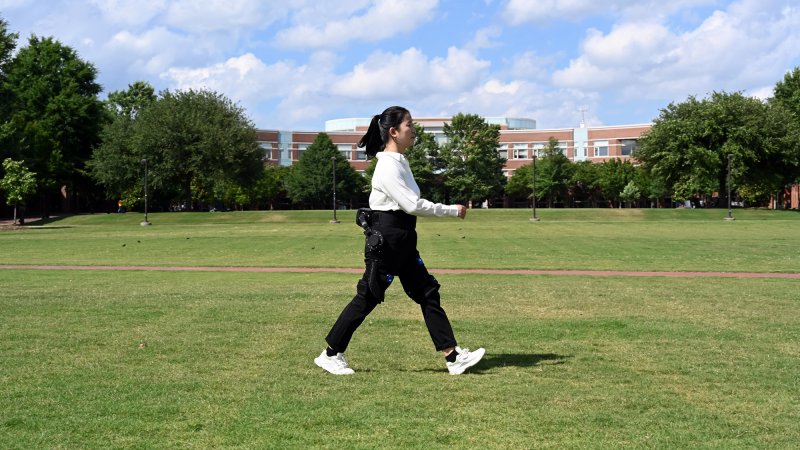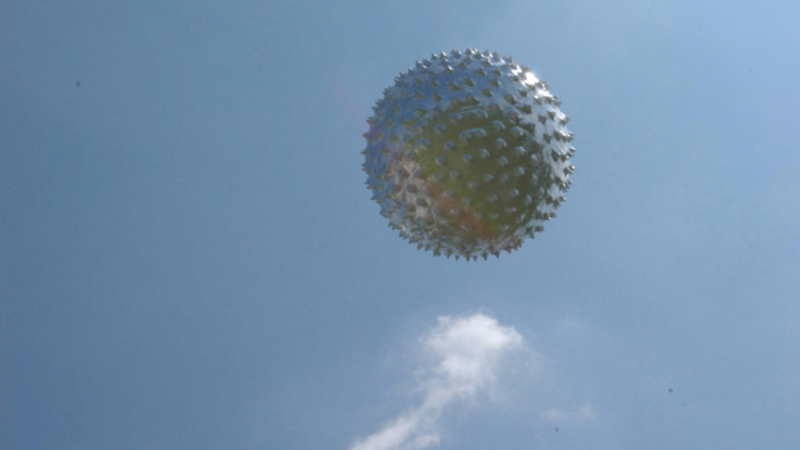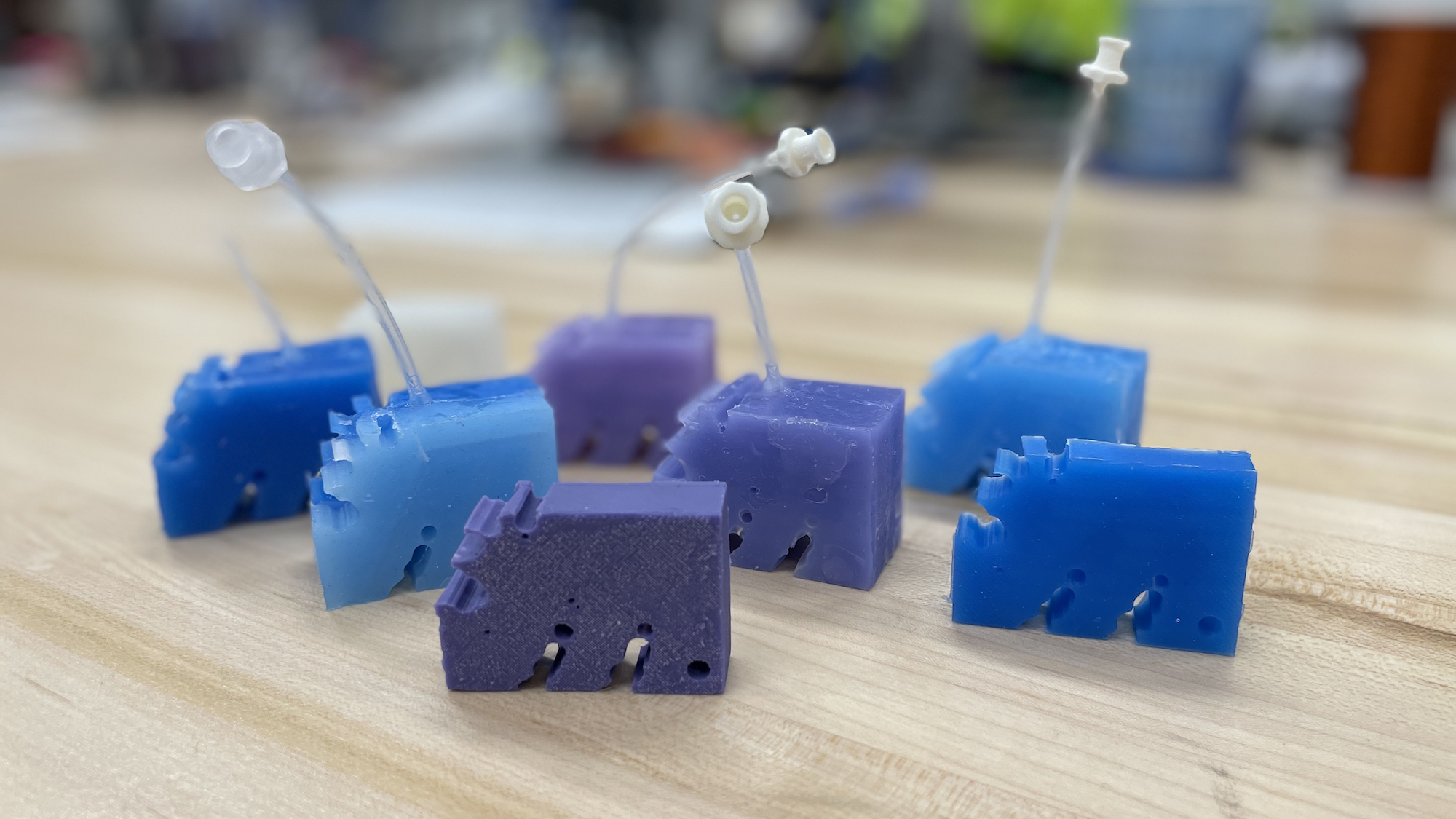

Sam Kreigman and his colleagues made headlines a few years back with their “xenobots”— synthetic robots designed by AI and built from biological tissue samples. While experts continue to debate how to best classify such a creation, Kriegman’s team at Northwestern University has been hard at work on a similarly mind-bending project meshing artificial intelligence, evolutionary design, and robotics.
[Related: Meet xenobots, tiny machines made out of living parts.]
As detailed in a new paper published earlier this month in the Proceedings of the National Journal of Science, researchers recently tasked an AI model with a seemingly straightforward prompt: Design a robot capable of walking across a flat surface. Although the program delivered original, working examples within literal seconds, the new robots “[look] nothing like any animal that has ever walked the earth,” Kriegman said in Northwestern’s October 3 writeup.
And judging from video footage of the purple multi-“legged” blob-bots, it’s hard to disagree:

After offering their prompt to the AI program, the researchers simply watched it analyze and iterate upon a total of nine designs. Within just 26 seconds, the artificial intelligence managed to fast forward past billions of years of natural evolutionary biology to determine legged movement as the most effective method of mobility. From there, Kriegman’s team imported the final schematics into a 3D printer, which then molded a jiggly, soap bar-sized block of silicon imbued with pneumatically actuated musculature and three “legs.” Repeatedly pumping air in and out of the musculature caused the robots’ limbs to expand and contract, causing movement. During testing, the robot could walk half its body length per second—roughly half as fast as the average human stride.
“It’s interesting because we didn’t tell the AI that a robot should have legs,” Kriegman said. “It rediscovered that legs are a good way to move around on land. Legged locomotion is, in fact, the most efficient form of terrestrial movement.”
[Related: Disney’s new bipedal robot could have waddled out of a cartoon.]
If all this weren’t impressive enough, the process—dubbed “instant evolution” by Kriegman and colleagues—all took place on a “lightweight personal computer,” not a massive, energy-intensive supercomputer requiring huge datasets. According to Kreigman, previous AI-generated evolutionary bot designs could take weeks of trial and error using high-powered computing systems.
“If combined with automated fabrication and scaled up to more challenging tasks, this advance promises near-instantaneous design, manufacture, and deployment of unique and useful machines for medical, environmental, vehicular, and space-based tasks,” Kriegman and co-authors wrote in their abstract.
“When people look at this robot, they might see a useless gadget,” Kriegman said. “I see the birth of a brand-new organism.”

